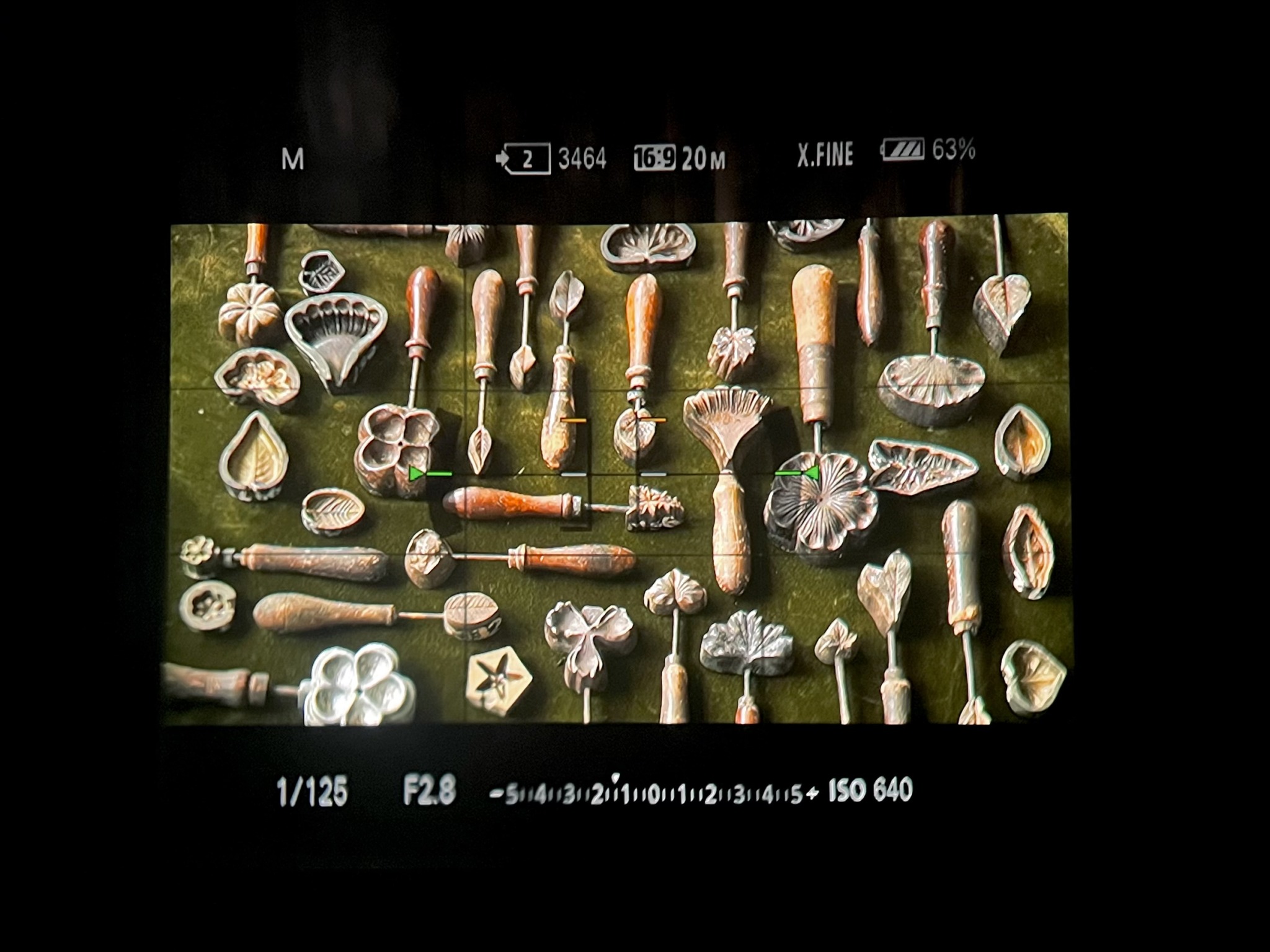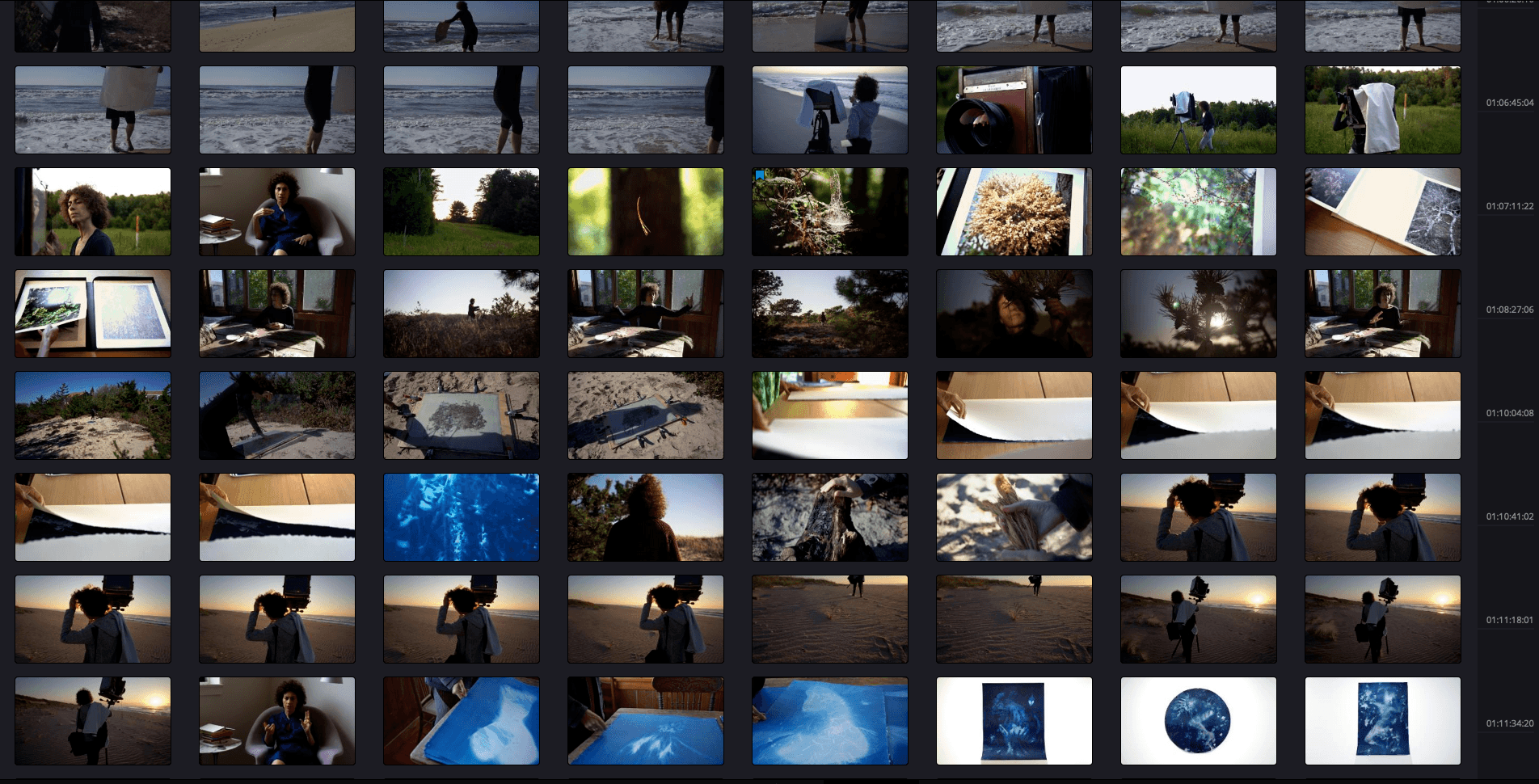We were lucky to catch up with Mia Allen recently and have shared our conversation below.
Alright, Mia thanks for taking the time to share your stories and insights with us today. Can you talk to us about how you learned to do what you do?
I learned what I know by recognizing how much I don’t know. When I realized what I wanted to do with my life, I also realized there would be many people who’d try to talk me out of it—and they did. They still do. It’s a complex feeling, but one of my greatest strengths is perseverance—borderline stubbornness. The more I was pressed to have a backup plan, the deeper I dug in my heels.
I’ve found there are typically two paths to working in film professionally: some people take the traditional academic route through film school. Others (like me) find their way by doomscrolling through Craigslist gigs on their lunch break at a coffee shop. Now, more than two decades into my pursuit, I can confidently say there is no “right” way into film. It’s a calling—more a lifestyle than a job—and every path is valid.
The original sources for networking were, often sketchy—low/no-budget gigs, student films, and a whole lot of trial and error. But those early experiences helped me lay the groundwork of building a professional network. When I finally started getting onto real sets, I was working as an actor. That gave me the opportunity to quietly observe everything behind the scenes and learn how a vision comes to life. I learned a lot by watching—and even more by listening.
There’s often downtime on set while producers and directors make decisions. If the moment felt right, I’d ask the person nearest the camera to explain how it worked. Years of working with different crews—and many, many patient teachers—taught me how to assess a scene and interact with cameras, lenses, and lights. That hands-on experience gave me a foundation I rely on when leading projects today.
I refined my connection to making images in 2011, when I bought my first DSLR and took myself on a six-week solo backpacking trip through the western U.S. It was a pivotal period of growth, and for most of that time, my only way to process the experience was with my camera. That’s when I realized it was more than just a tool—it was a conduit for my experience. It added profound layers of depth to all of my memories and really became more like an extension of myself, even a friend.
Since then, photography has become one of my most consistent professional and personal practices.
When I got tired of slinging drinks between auditions, I began working at a Portland-based production company called Limbo Films as a studio manager. That’s where I really cut my teeth in commercial filmmaking. Through close observation and the guidance of the Limbo team, I learned the inner-workings of commercial filmmaking and how to understand my passions as a business. I considered it to be my unofficial “bachelors” in this work and I asked a lot of questions. It was truly an invaluable education and experience.
Today my work ranges from commercial, documentary, and narrative films alike, but they are all tied together by the journey I took to get here. Sure, there are things I could have done differently. But, there’s no sense in arguing with what’s happened, we have to learn to see the lessons in every success and perceived failure. This is essential.
At the end of the day, what makes the difference is the conviction you have in yourself. In a world of ever-evolving chaos, humans are constantly seeking meaning, purpose—maybe even solutions. The people who make the greatest impact are the ones who pull their own seat up to the table—because they know they have something to contribute to the conversation.


As always, we appreciate you sharing your insights and we’ve got a few more questions for you, but before we get to all of that can you take a minute to introduce yourself and give our readers some of your back background and context?
Today, I work as a multidisciplinary creative professional. I direct, shoot, and edit films, commercials, and photoshoots often centered around stories of people connecting with a deeper part of themselves or the world around them. Many of my films have been commissioned by the extraordinary, one-of-a-kind horticultural production company PlantPOP, which created a platform for short films about people who work with plants in various ways. It’s a beautiful mission, and I’m honored to be a part of it.
In both film and photography, I tend to work with natural or available light. I look for moments of composition, yes—but also for the vulnerable, softer moments in between. I find human beings most compelling when they let their guard down, and this search is often guided by my background as an actor. As a performer, you learn that your job isn’t to “act”—it’s to re-act. It’s a practice in active listening. Whether I’m directing a photoshoot, a documentary, or a commercial, I keep all of my senses attuned to the subject at hand. The work requires management and logistics, yes—but more than anything, it demands presence.
The projects that I am most proud of are the ones where my subjects and collaborators see something more in themselves through the images and stories we create. One of the best compliments I’ve ever received was a text that read: “Thank you for capturing my daughter’s light.” It was in response to a short film I made about a longtime friend who turned to plants to help her process the waves of newfound sobriety.
The more you do the work, the more you realize the work is never done. But that’s the point: everything around us is constantly evolving, and so are we. What sets me apart is that I’ve chosen to open myself up to as much experience as I can—both in service of story and out of genuine curiosity. I love learning, and I actively seek inspiration, connection, and empathy in nearly every waking moment. The work is to notice it, examine it, understand what makes it stand out—and then craft a nuanced reflection through the language of creativity and story.


What’s the most rewarding aspect of being a creative in your experience?
For me, the most rewarding aspect of being an artist is the connection—both to others and to something larger than myself.
There’s something extraordinary about the moment a creative idea leaves your mind and is spoken aloud. It takes immense courage to share a vision, and even more trust to build it with others. As I’ve grown in my work, I’ve come to understand that collaboration isn’t just a logistical necessity—it’s the soul of what we do. Whether a project is born in solitude or in a van packed with sixteen people barreling from Chicago to New York, the act of making something is always an act of reaching out.
Over the years, I’ve been drawn to fellow artists—people who are creating something resonant of what I hope to create, myself. Very fortunate times have resulted in those artists seeing something similar in me and helped me realize things I couldn’t have alone. These collaborators have turned aspects of myself that once felt like flaws or strange quirks into superpowers. The bravery, generosity, and brilliance I’ve witnessed in my peers is one of my greatest sources of inspiration.
Not every leap of faith lands, of course. Failure is part of the process. But what’s beautiful is the resilience we build together—the way we help each other stand back up, reimagine, and try again. It’s humbling, it’s human, and it’s sacred in its own way.
With every project, my network grows wider, my appreciation deeper. The work connects me more fully to life in all its forms. And that, more than anything, is what keeps me going.


We often hear about learning lessons – but just as important is unlearning lessons. Have you ever had to unlearn a lesson?
I realized I wanted to make films when I was 14, in a drama class at my middle school in Portland, Oregon. We were asked to write and perform short plays, and mine was about Britney Spears giving an epic concert when, due to a lighting malfunction, she was transported back in time and met Albert Einstein at the moment he was discovering electricity. (Yes, I played Britney. I wore my mom’s shoes. It was awesome.)
I remember exactly where I was standing in the hallway of that middle school when I realized the idea that “pretending” could be a job—and not just any job, that paid A LOT of money! And as the eldest in a single-parent family, I knew that making a lot of money would pretty much solve all of my family’s problems… So the decision was pretty simple. I went all in.
After high school, I studied theatre and creative writing in community college. But when scholarships dried up and a fear of debt looming, I left school and began auditioning professionally. What followed was a rollercoaster: highs, heartbreak, and a lot of “almosts.” Eventually, I found my way into production—editing my own films—and everything changed.
Editing taught me something acting never had: it’s the in-between moments that matter. The glances, hesitations, and unspoken truths—those are the places where real human connection lives. And I realized that in the audition room, I had it backwards. I thought I needed to become someone else to do the job well. But what was actually required was the courage to be more fully myself.
The lesson I had to unlearn was that performance is about hiding. It’s not. It’s about revealing—about peeling back the layers to find something true. That shift didn’t just make me a better artist—it made me a better collaborator, communicator, and storyteller. And it changed the way I show up in every room.
Contact Info:
- Website: https://miaallen.com
- Instagram: https://instagram.com/m_i_allen
- Linkedin: https://www.linkedin.com/in/miaallen/







Image Credits
Kendra Irene, Kai Swanson, Mia Allen


